Submitted by WA Contents
A truncated pyramid reflects the legacy of Nordic countries and hierarchy of needs at Venice Biennale
Norway Architecture News - Jun 10, 2016 - 16:03 13340 views
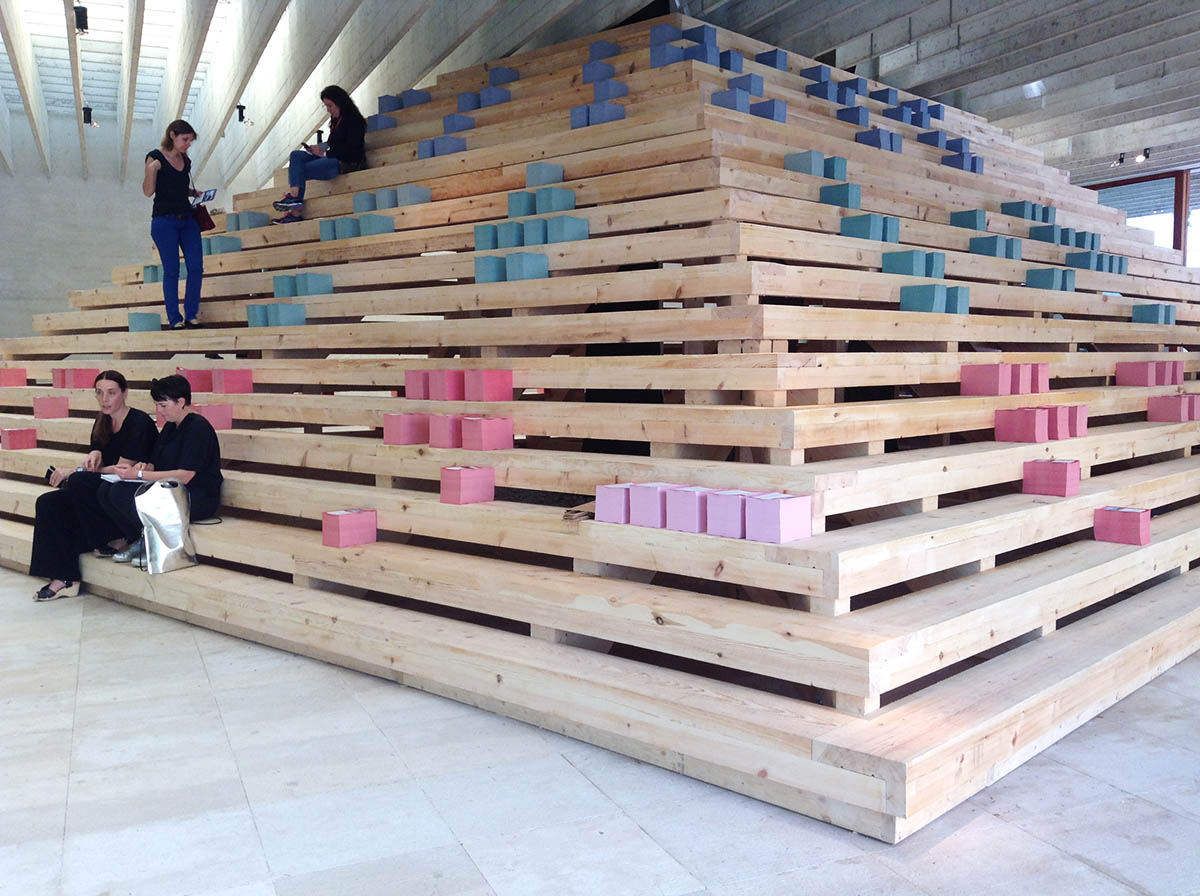
A massive wooden truncated pyramid is placed at the centre of the 2016 Venice Architecture Biennale, in Giardini, which immediately attracts visitor's attention to the Nordic Pavilion. The Nordic Pavilion is titled 'In Therapy: Nordic Countries Face to Face'-that actually gives a clue about the exhibition content for visitors. The exhibition presents two interwoven collections of reflections that position a combined selection of contemporary Finnish, Norwegian and Swedish projects face to face and In Therapy in order to both challenge, and support, this presupposition. The exhibition design was realised by Marge Arkitekter.
The Nordic exhibition realised in collaboration with ArkDes (Swedish Centre for Architecture and Design), Stockholm, Museum of Finnish Architecture, Helsinki, and National Museum’s Department of Architecture, Oslo.
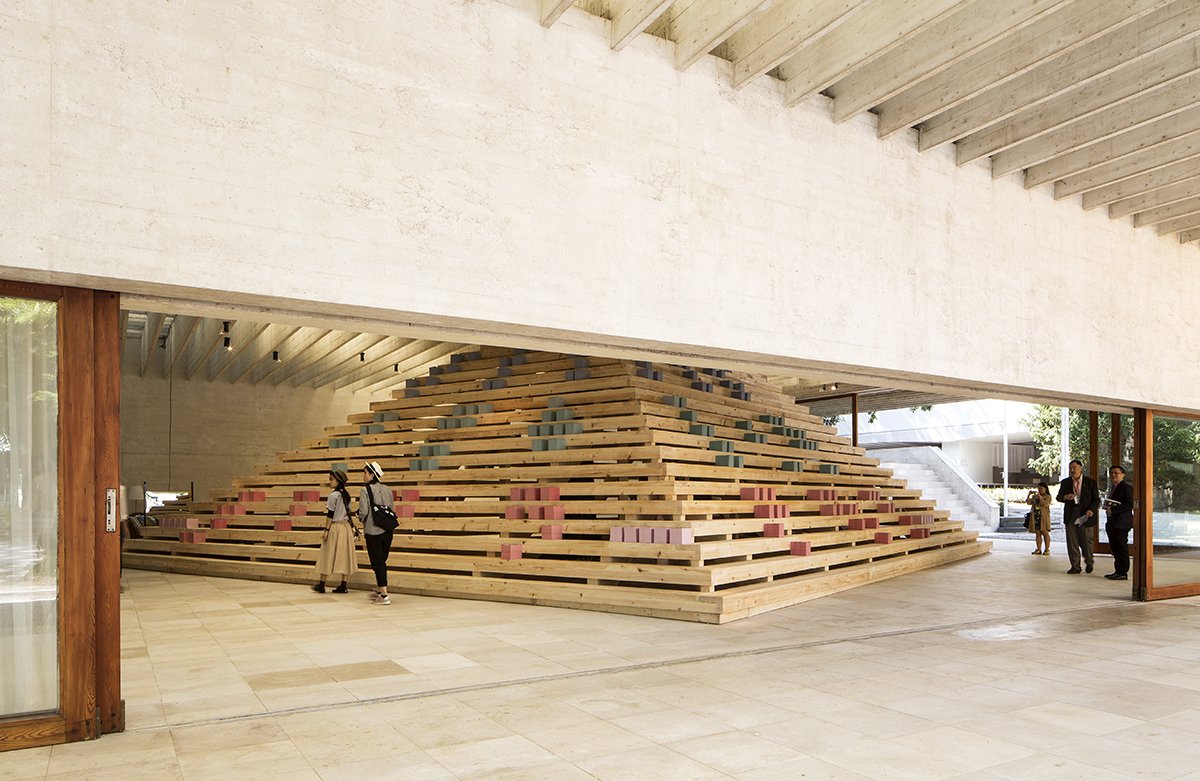
Image © Francesco Galli, courtesy of Venice Biennale
Curated by David Basulto and James Taylor-Foster, In Therapy is an inspiration from the world of psychoanalysis and presents 300 Nordic projects that signify the past, present and future. At the center of the pavilion rises a pyramid which calls to mind Maslow’s hierarchy of needs. The pyramid is a staircase that becomes seating during presentations and provides a display surface for the project’s description.
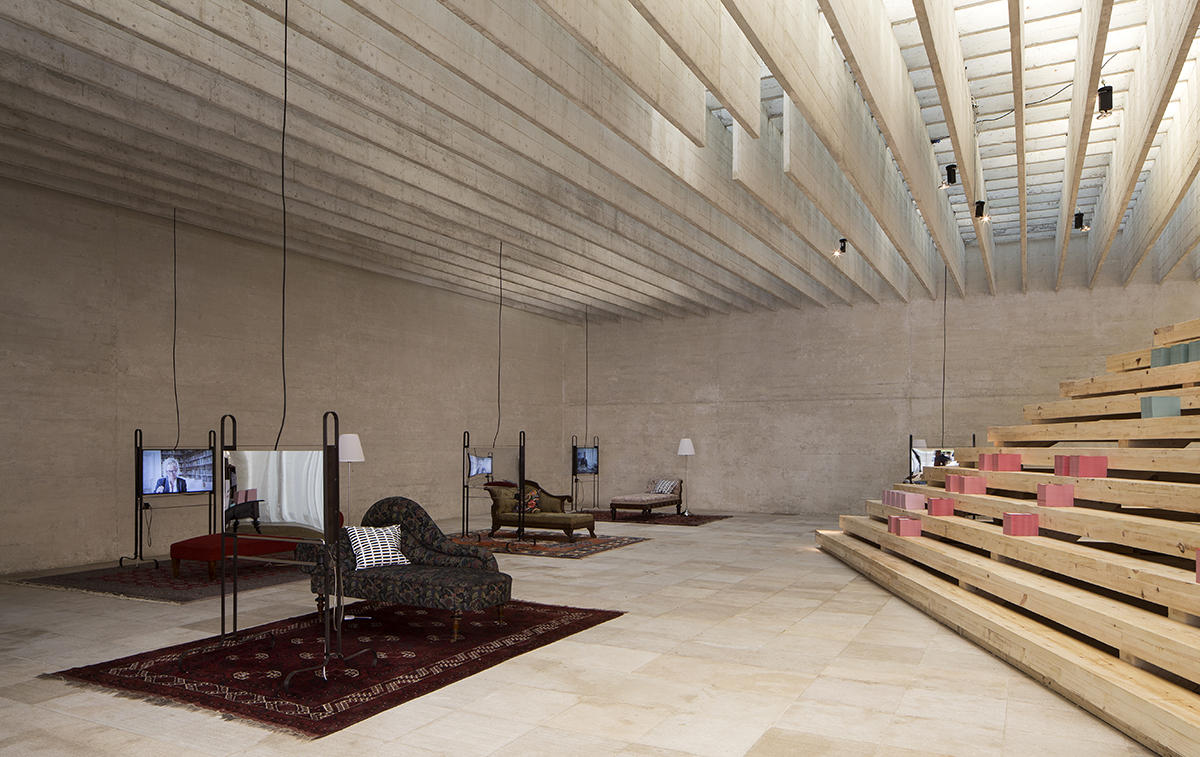
Image © Francesco Galli, courtesy of Venice Biennale
''Reputation can often precede fact and, by way of mirroring the current ''Nordic'' architectural condition. In Therapy seeks to provide a framework within which to identify the next big questions that architecture in these countries is likely to encounter'' says the curators of the exhibition.
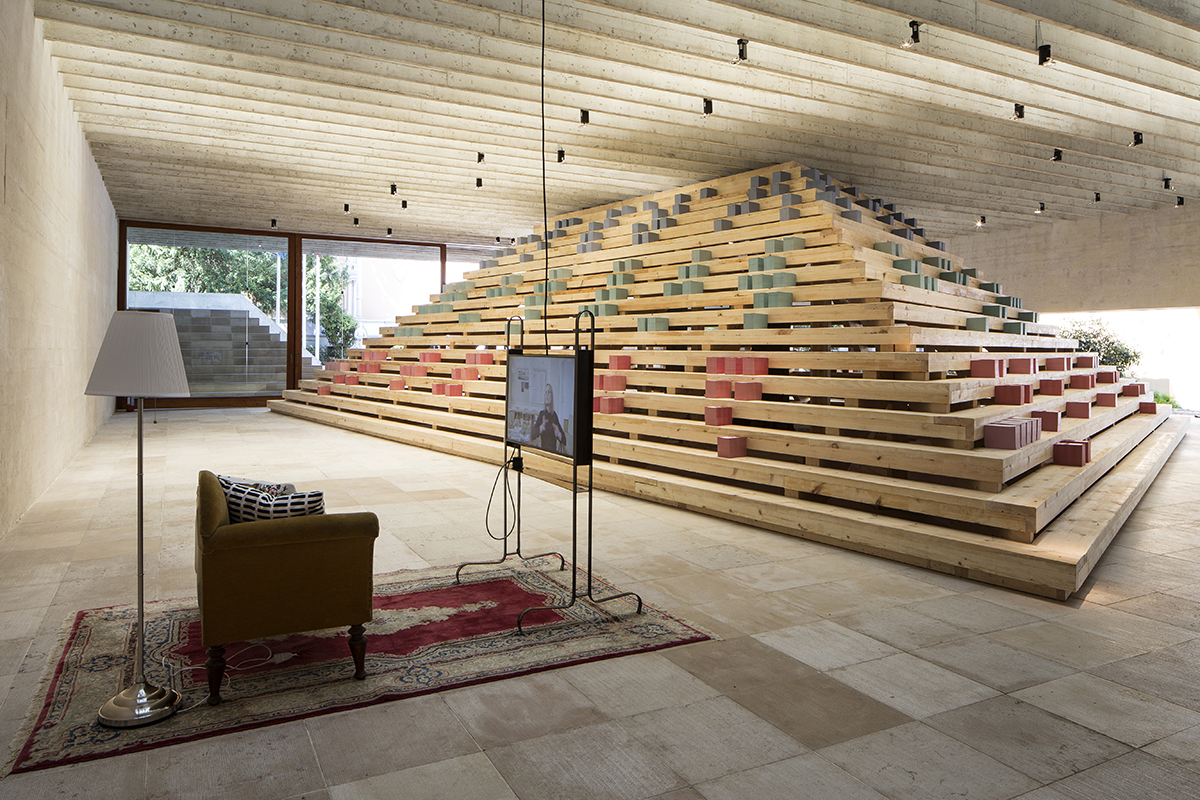
Image © Francesco Galli, courtesy of Venice Biennale
The truncated pyramid has a dual role, presenting both a broad selection of projects built between 2008 and 2016 while also revealing emergent trends relating to the current condition of the Nordic built environment. The visitors are invited to consider its development, the threads which tie them together, and what unifying direction -if any- can be discerned from this data.
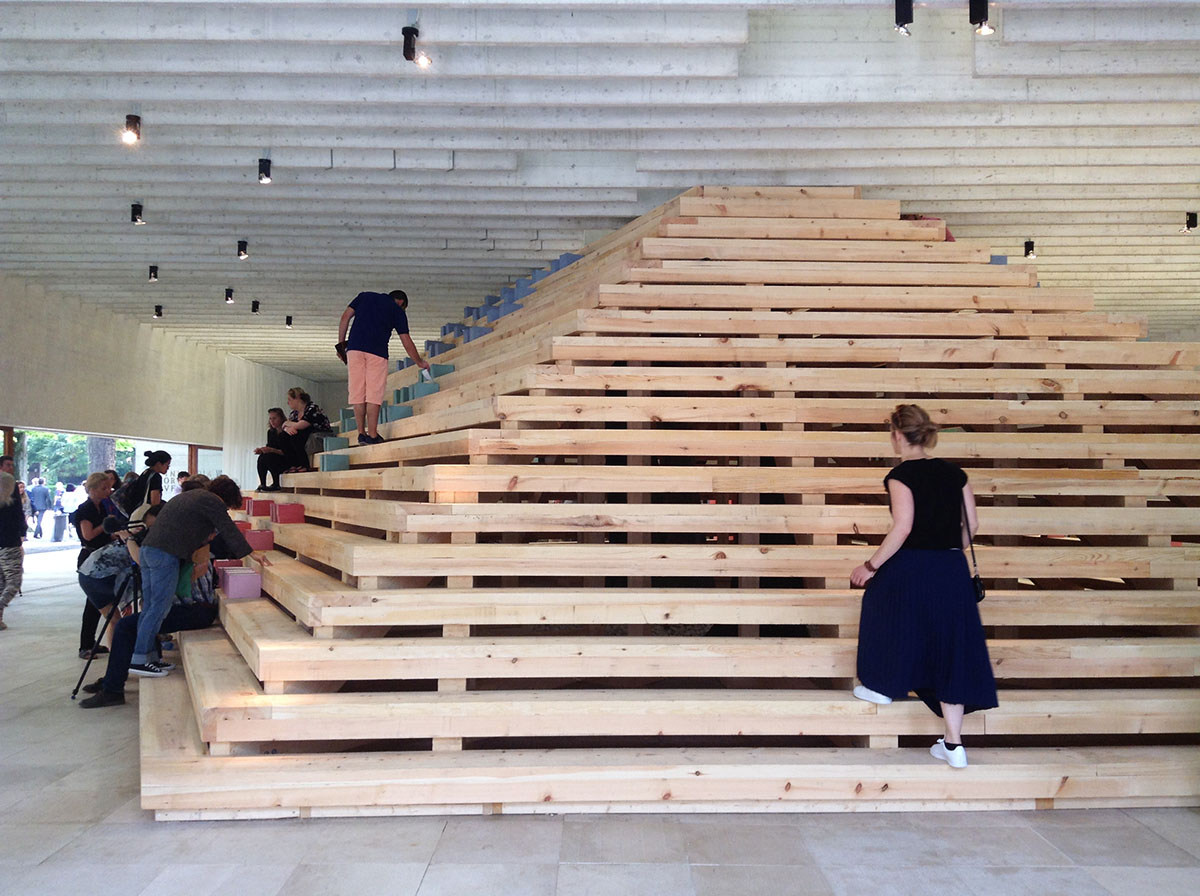
Image © WAC
The architects of each project on display-which all in all represent the results of an Open Call-have self-categorised their work as either Foundational (architecture that cares for society's basic needs) related to Belonging (architecture which enacts public programs and creates public space), or in a state of Recognition (architecture in a position to appreciate and reflect upon the particular values of Nordic society).
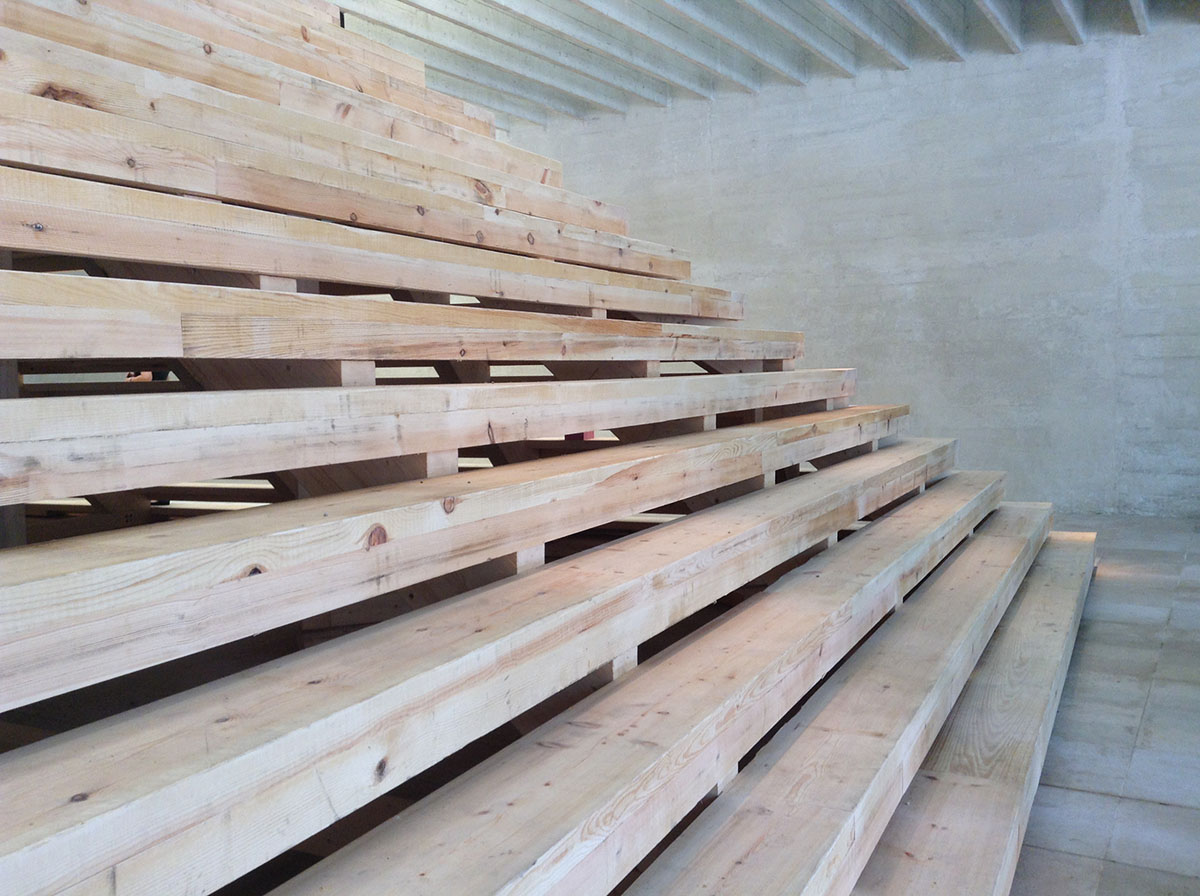
Image © WAC
This tripartite classification-which is translated here three coloured bands-represents an abstract interpretation of the structure of Abraham Maslow's 1954 Hierarchy of Needs. Maslow theorised the pinnacle of his diagrammatical pyramid as 'self-actualisation', or the realisation of one's full potential, achievable only once all the 'needs' which underpin it have been reasonably satisfied. In other words, each step prerequisites the next.
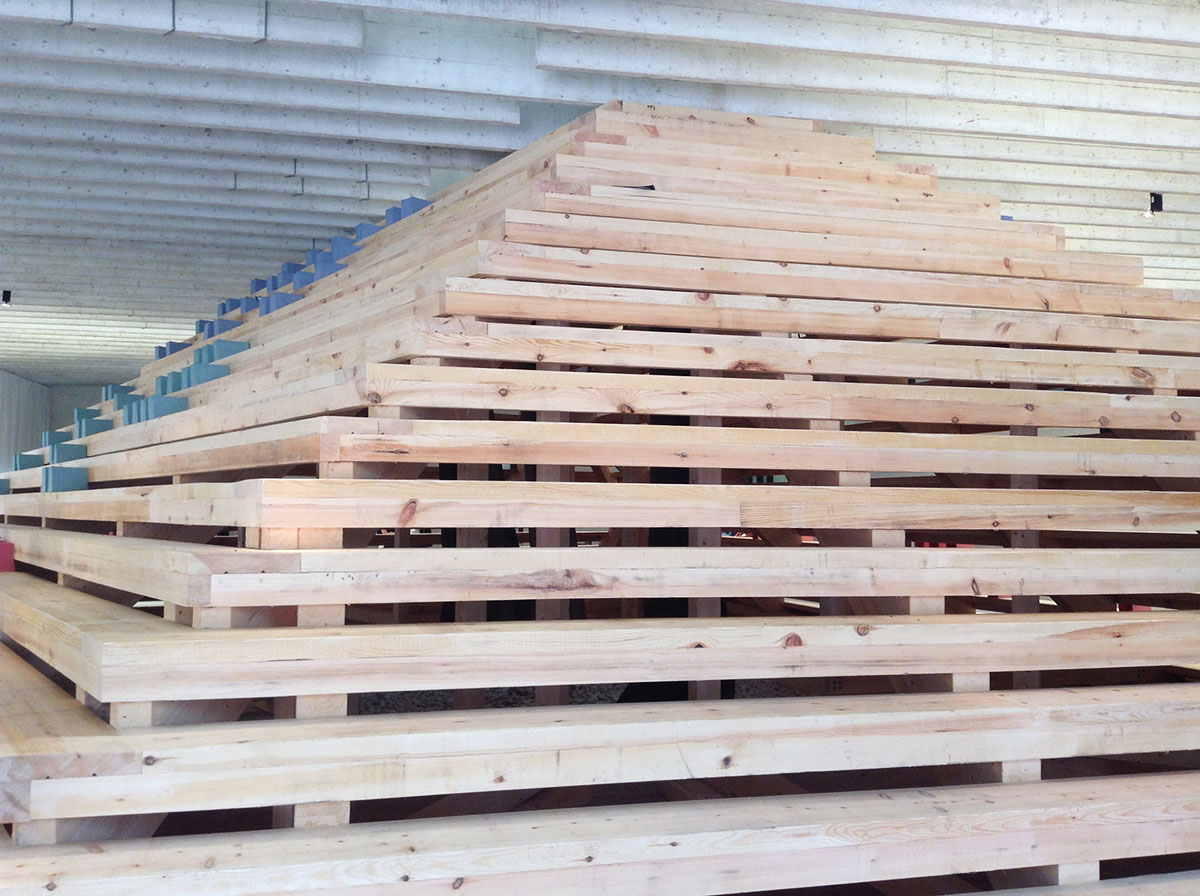
Image © WAC
If here the pyramid represents the built development of Nordic society, the projects of display can be read as its building blocks. Based on the information gathered and the voices convened in the five reflective sitting rooms, the visitor is encouraged to speculate on the challenges that Nordic architecture-in its broadest role as a spatial, social, and cultural practice- might soon face.
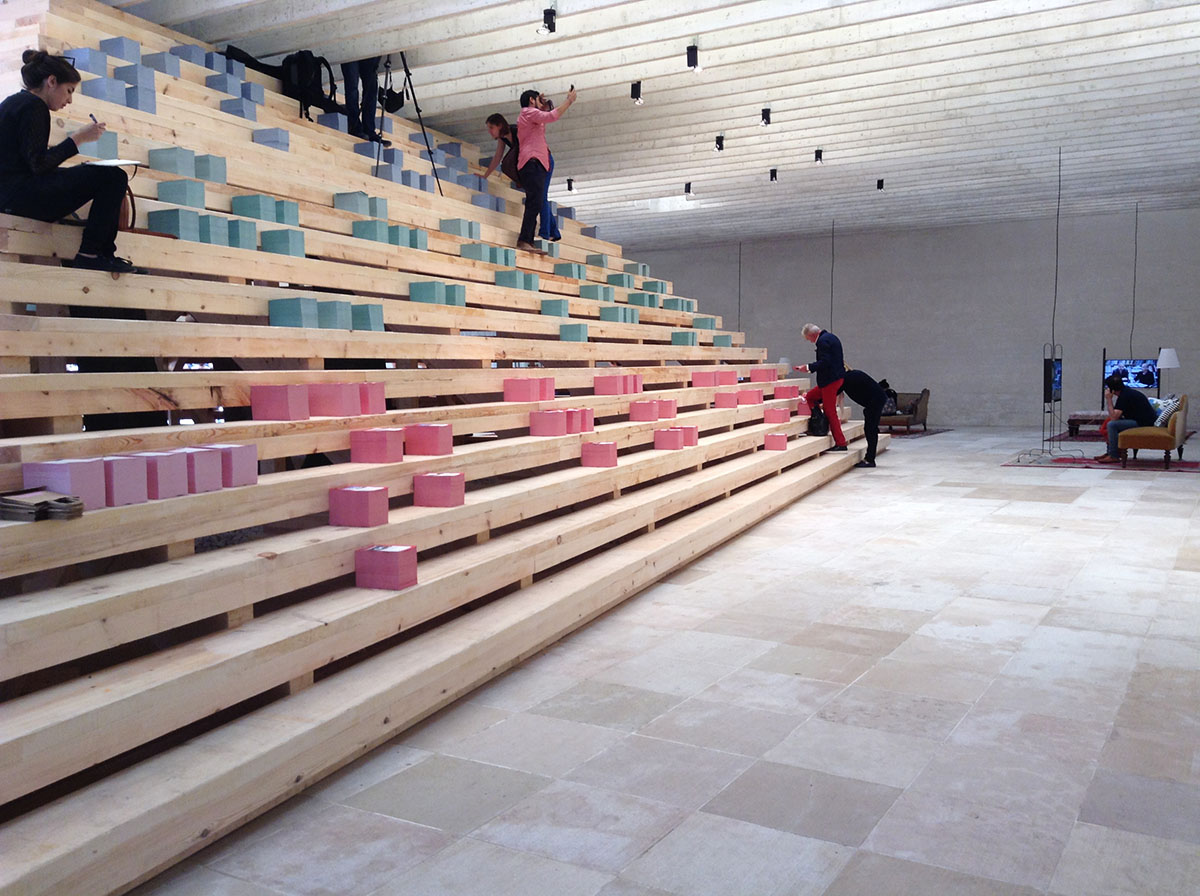
Image © WAC
In Therapy represents and opportunity to formulate questions which are both pertinent to, and extend beyond the borders of, Finland, Norway and Sweden.
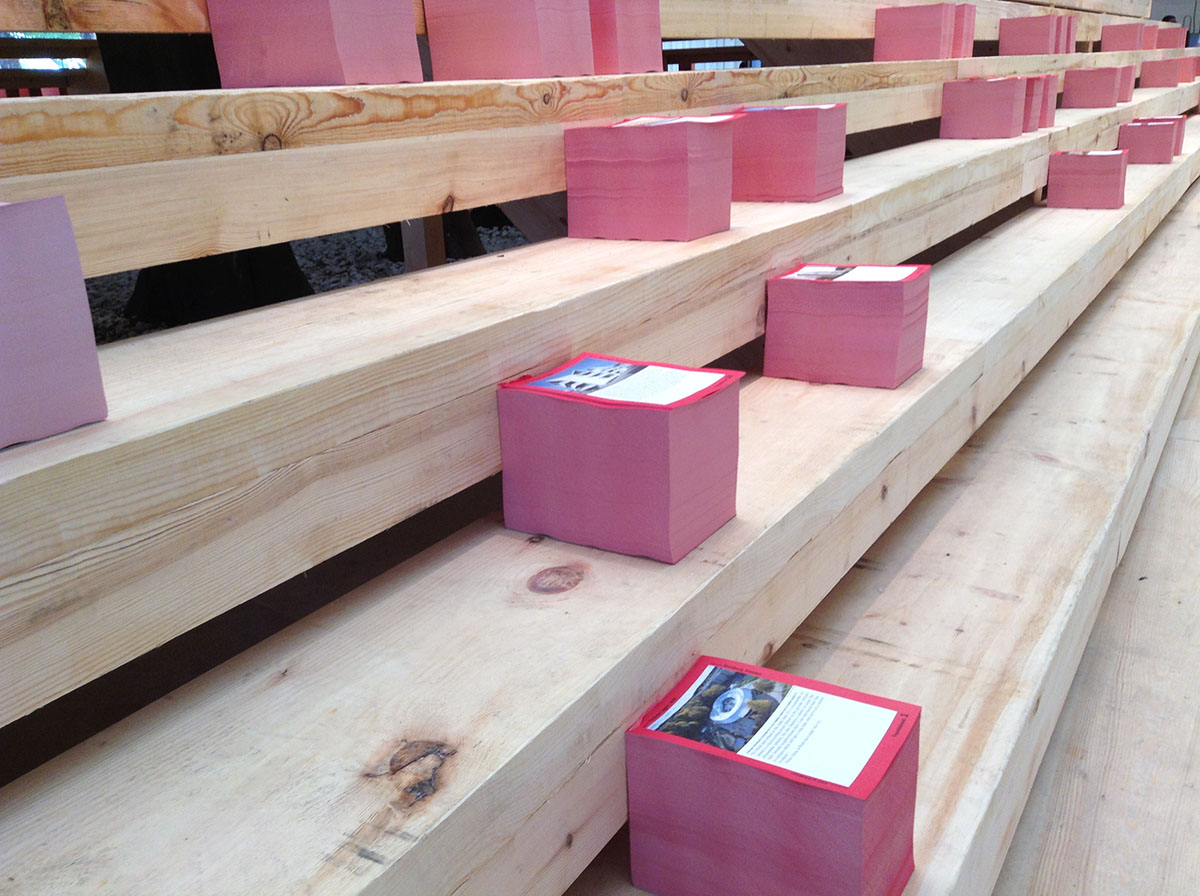
Image © WAC
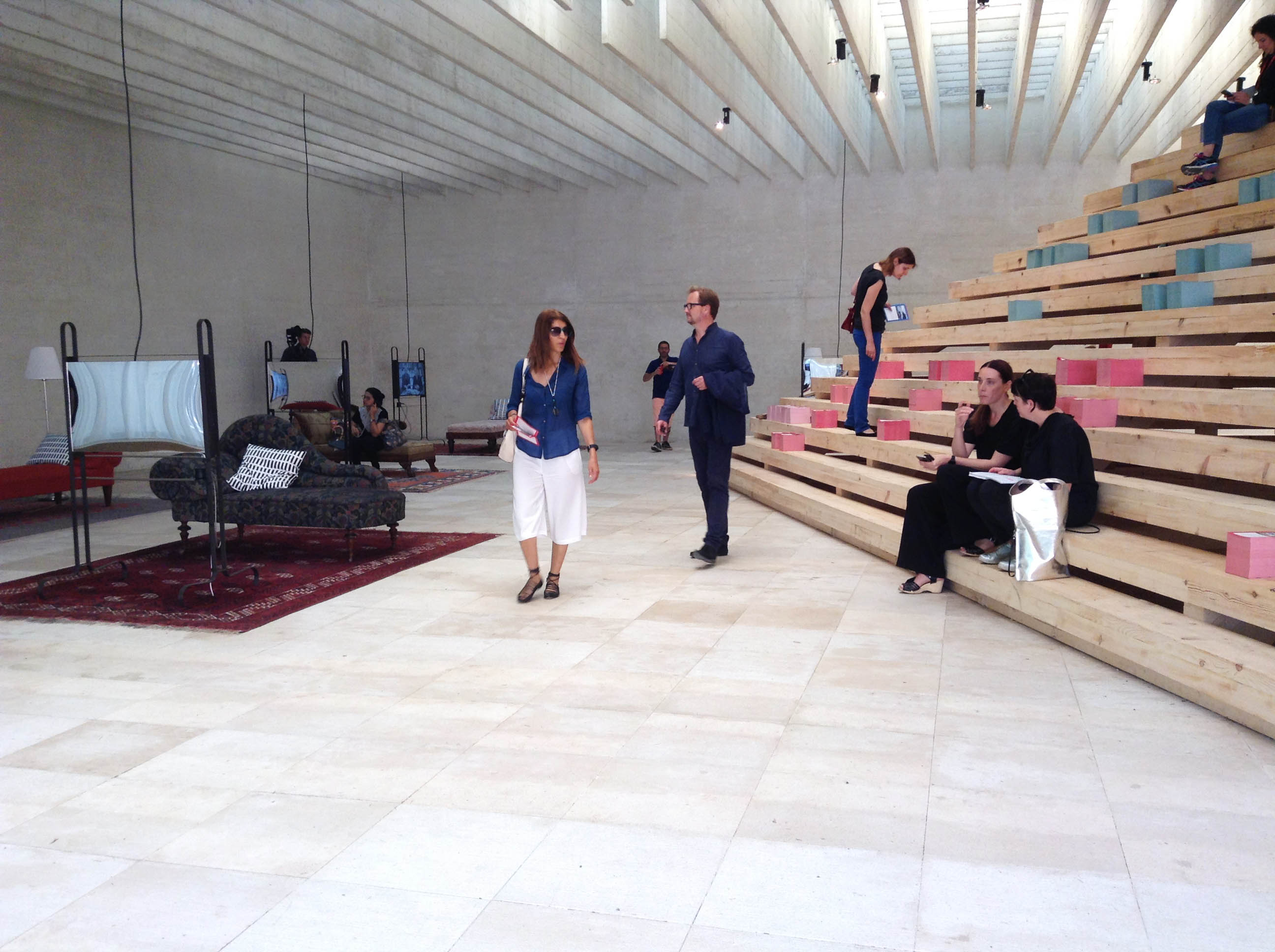
Image © WAC
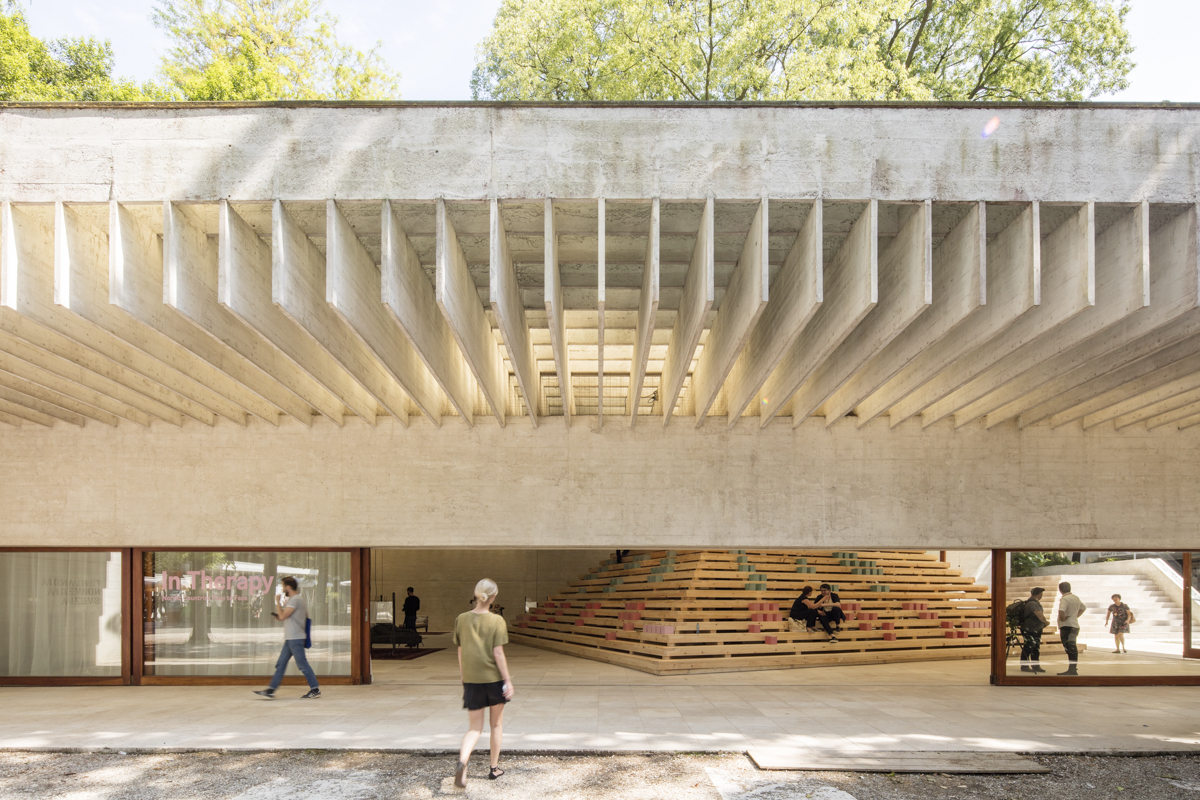
Image © Laurian Ghinitoiu
Top image © WAC
> via Venice Architecture Biennale